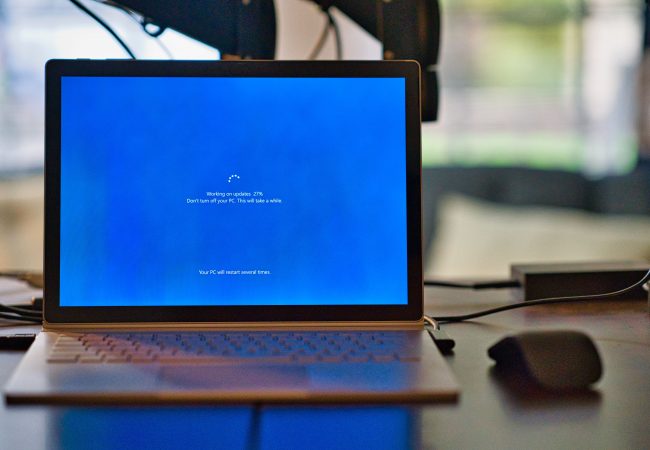When contacting tech support, you know that the person on the other end is going to ask you to do some troubleshooting to resolve the problem. There will be a lot of questions about how your devices connect, how many devices you have and so on. There is a lot of information that needs to be gathered to determine what the cause of the problem is.
When a member calls in to NineStar Connect’s tech support, one of the questions I typically ask is whether the customer has attempted to restart or reboot their problematic device or network equipment. Another is whether they have reset their router, or network equipment. Although it may sound like I am asking the same question, there is a difference between the two and today, I would like to take some time to explain what that difference is.
When tech support asks if you have done a “restart” of your device, they are asking if you have unplugged it from its power source for 10-15 seconds and then plugged it back in. This is one of the most common troubleshooting steps that customers are asked to do. The reason for this is because it is the most common way to resolve most common connectivity issues that someone may be having. Most of the time, if someone is having issues connecting to the Internet, or your TV services have been interrupted restarting thew equipment (your TV box or your router/ONT) is the easiest way to get service restored. Most connectivity issues are caused by minor errors and rebooting the equipment by unplugging it from its power source will force it to re-create the connection.
The other questions customers will be asked, especially if they have a wireless router, is whether they have reset the device. All routers have a button on them called a Reset button. This button will set the device back to its factory default settings (or, what the device was set for when you first took it out of the box.) This is an important thing to know because when this button is pressed, it will remove all the current settings on the router. The WiFi network name, password, and any current settings will be wiped out and will have to be reconfigured to the consumer’s specifications.
It’s important to ask when one should restart and when one should reset a device. This is contingent upon which troubleshooting steps have been performed. I typically start from the earliest steps and work my way to the harder ones. NineStar members should always try to restart their devices first. In most cases, this will resolve most issues. You may have to reset a device a couple of times before the issue is resolved. Resetting a device is the last resort troubleshooting step our department will take to determine what the cause of the problem is. If we perform a factory reset and the device is still experiencing issues, then chances are that the device has a problem, and it will need to be replaced. If a member has their own router they use to provide WiFi to their home and the issue does not improve after they conduct a factory reset, then they need to contact the manufacturer to find out if there is any additional assistance they can provide.
Restarting and resetting a device are two very different functions and knowing that difference can help save a lot of troubleshooting time and reconfiguration processes. Before resetting the device, make sure to restart it first. Not only will it help resolve the issue, but it will save the time and energy it takes to re-configure the router from scratch.




